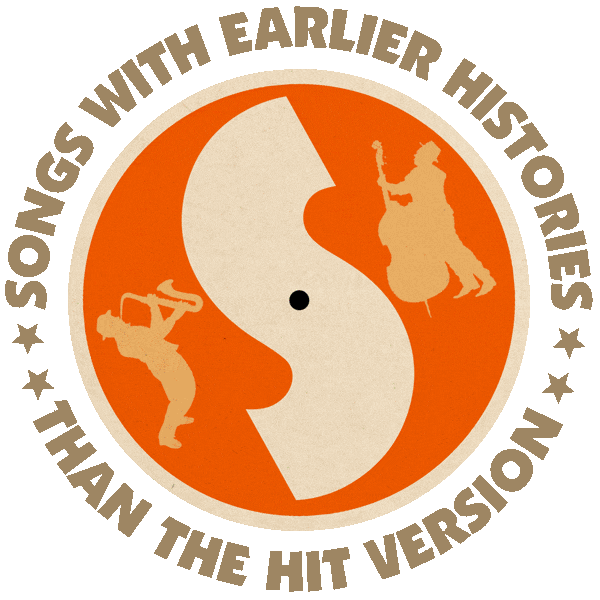First recorded by The Isley Brothers (US #106 1962).
Hit version by The Human Beinz (US #8 1968).
From the wiki: “‘Nobody but Me’ was written by O’Kelly, Rudolph, and Ronald Isley of the Isley Brothers and was first recorded by The Isley Brothers. Released in 1962, as the second single follow-up to ‘Twist and Shout‘, it failed to make the Top 40 or R&B charts.
“The most commercially successful and widely-known version to date is the 1968 US Top 10 garage rock hit by The Human Beinz, their only chart success. Dave Marsh, in his Book of Rock Lists named the version by the Human Beinz ‘The most negative song to hit the Top 40,’ noting that the word ‘no’ is sung over 100 times in a mere 2:16. Marsh also counts the word ‘nobody’ 46 times more.”

